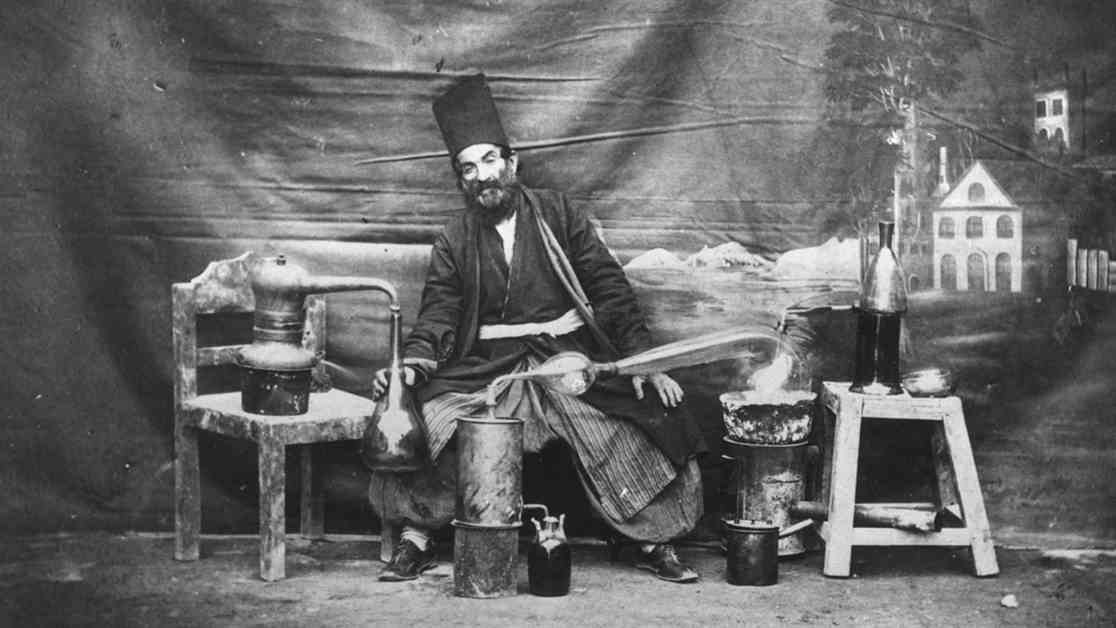A treasure trove of over 3,000 photographs showcasing life in Iran during the Qajar dynasty has recently been uncovered and leaked online. These images, dating back to the late 1800s, provide a rare glimpse into the history and culture of Iran, which was then known as the Sublime State of Persia.
The leaked images, sourced from the archive of Tehran’s Golestan Palace, have caused quite a stir in Iran since their release. While some of the photos have been previously shared, many others are being seen by the public for the first time. These high-resolution images offer a unique perspective on the era and feature various aspects of life in Iran, from royal figures like Naser al-Din Shah to everyday scenes of people engaging in activities like chess and traditional therapies.
Despite the historical significance of these photographs, their release has sparked controversy in Iran. State media outlets have criticized the dissemination of these images without permission, citing concerns about the unauthorized publication of cultural treasures. However, due to the age of the photos, they are now in the public domain, and copyright laws no longer apply.
The motive behind the leak remains unclear, but it has shed light on the accessibility of the Golestan Palace’s extensive photo archives. The palace has been accused of restricting public access to these images in the past, leading to speculation about the intentions behind such limitations.
In addition to showcasing life in Iran, some of the leaked images depict scenes from outside the country, captured by Naser al-Din Shah during his travels to Europe and other regions. These photos provide a fascinating insight into the shah’s interests in photography and his efforts to document his experiences through this emerging technology.
Following the leak, the Golestan Palace management has announced plans to publish the photographs themselves, allowing for a more controlled and official release of these historical treasures. As these images continue to capture the imagination of viewers worldwide, they serve as a valuable record of a bygone era and a testament to the rich history of Iran under the Qajar dynasty.









